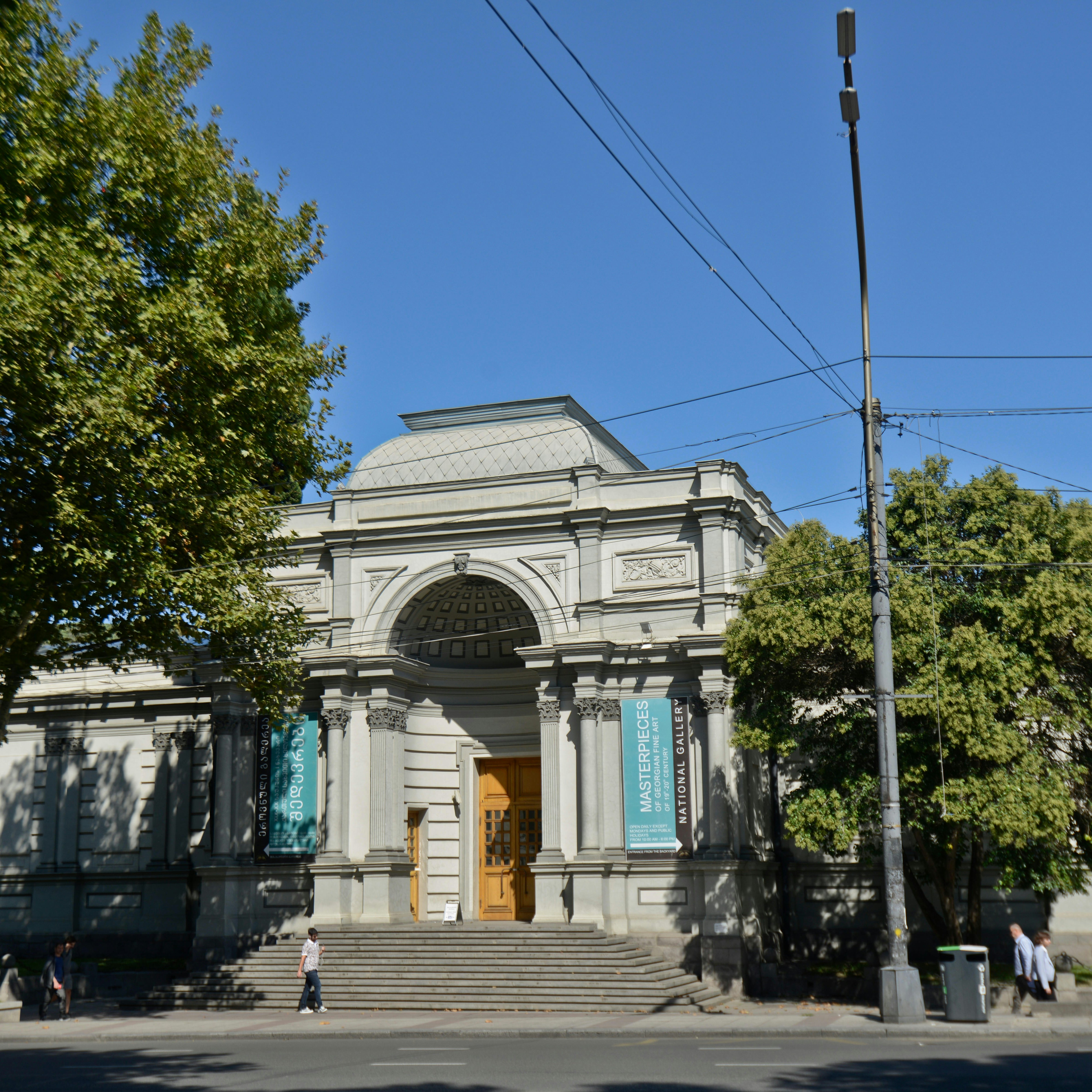

©Maya Karkalicheva/Getty Images
Overview
Having gone from backpacker secret to mainstream darling in just a decade, Georgia today is by far the most visited country in the South Caucasus, and it’s easy to see why: its rich culture and astonishingly diverse landscapes make it an ideal destination for anyone loving history and nature on the grandest of scales.
Must-see attractions
Planning Tools
Expert guidance to help you plan your trip
Best Things to Do
Here are the best things to do while you're in Tbilisi, the capital of Georgia.
Read full article
Best Places to Visit
Georgia is packed with historic sites, lively cities and fantastic hiking trails. Plan your visit with our guide to the best places to go.
Read full article
Things to Know
Plan your visit to the beautiful, charming country of Georgia with these tips on packing, etiquette and safety.
Read full article


















